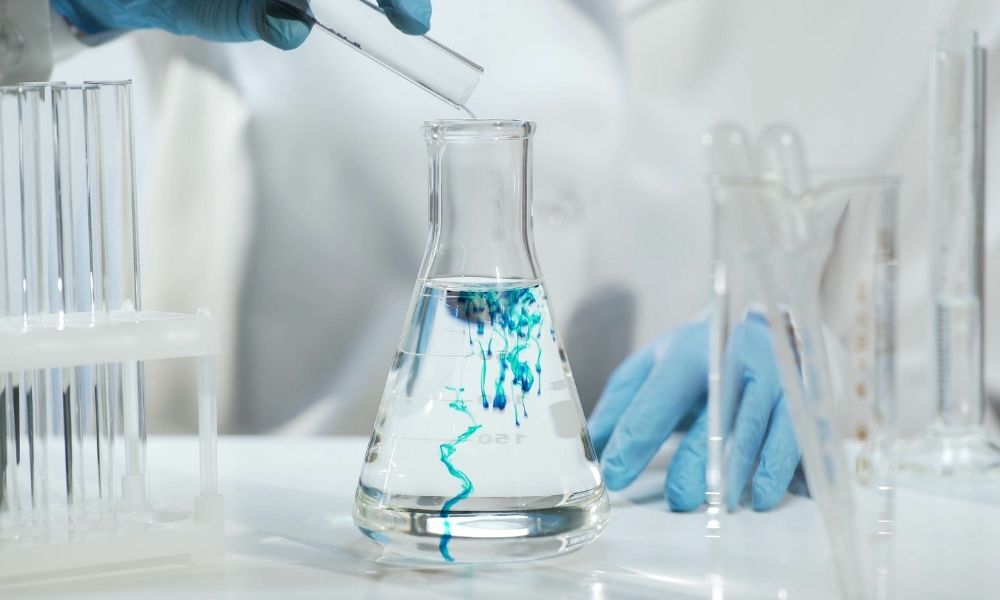How To Identify Different Types of Chemical Reactions

Chemical reactions are the beating heart of every biological process under the sun—and throughout the entirety of the universe. Life on Earth is possible because of the results of these reactions. The circle of life we know today is a result of the reactions. Even for those not scientifically-minded, general knowledge about chemistry and these ongoing changes help us understand how the natural world works.
Curious about how to identify different types of chemical reactions? If you need a refresher of past chemistry classes, we’ve got you covered. Let’s take a closer look at these common processes and chemical classifications. Here’s what you should know about their distinctions.
Direct Combination or Synthesis Reactions
Our world is full of classic combos and well-known pairings. We know that peanut butter is better with jelly and that a car needs tires to drive safely and comfortably around town. Combination reactions are similar—two chemical substances combine to form a new complex product. These chemical reactions are also known as synthesis reactions. The general form is A + B AB.
Decomposition or Analysis Reactions
What’s the easiest way to identify different types of chemical reactions? By examining the motion and movement of electrons. As the opposite of synthesis, chemical decomposition reactions are identifiable by their clear separation of elements in a bond. This reaction—also known as an analysis reaction—occurs when a chemical compound breaks down into two or fewer species or products. The general form is AB A + B.
Combustion Reactions
Combustion reactions involve redox reactions—transferring electrons between chemical species. This reaction occurs when a single combustible material or compound rapidly combines with an oxidant (oxygen gas). Oxygen is one of the most abundant elements on Earth, with fire being the most common combustion reaction. The exothermic combination generates heat, releasing energy and light through high-temperature burning.
Single-Replacement Reactions
The characterization of single-displacement reactions is fairly recognizable. During this reaction, one element displaces a similar element of an adjacent compound, acting as a substitution. The general form of a substitution reaction is A + BC AC + B. The rule of thumb is that an element that is a metal must replace a metal within a reactant compound, and a nonmetal element must replace a nonmetal element in a reactant compound. The general form of a substitution reaction is A + BC AC + B.
Double-Replacement Reactions
Identifying double-replacement reactions involves recognition of a complete exchange between two compounds. When thinking over the basic breakdown of exchange reactions, you’ll notice the general form is AB + CD AD + CB. The compounds exchange their ions or bonds to form completely diverse chemical products. This type of reaction is imperative within scientific fields and research industries, including the pharmaceutical sector.
By observing and creating the above reactions, humanity can produce innovative products that sustain and better human life. Without a doubt, the changing properties of matter will always matter.





